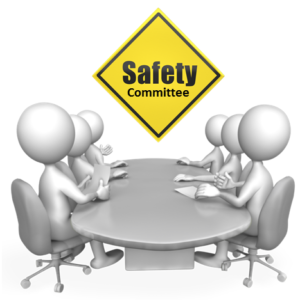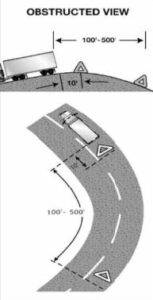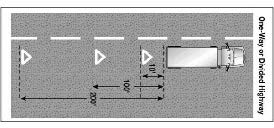

From our family to yours, Merry Christmas!
Toolbox Talk: Warning cones can save lives.
Warning cones can save a life – yours or another person’s – but only if you place them correctly. In the heat of the moment after a crash or after your vehicle suddenly becomes disabled, things happen fast and with adrenaline pumping, it’s easy to forget the proper procedure.
FMCSA Guidelines for Placing Warning Devices
1. If you have to stop on the shoulder or on a lane of travel, turn on your hazards.
From the Code of Federal Regulations 392.22:
“Whenever a commercial motor vehicle is stopped upon the traveled portion of a highway or the shoulder of a highway for any cause other than necessary traffic stops, the driver of the stopped commercial motor vehicle shall immediately activate the vehicular hazard warning signal flashers and continue the flashing until the driver places the warning devices (cones).”
2. Place the warning devices within 10 minutes or as quickly as possible.
3. When you’re carrying the triangles or cones to place them, make sure the reflective side is facing oncoming traffic so you’re easier to spot.
4. If you are in a lane of travel or on a shoulder of the highway, this is the requirement:
• One on the traffic side of and 10 feet from the stopped commercial motor vehicle in the direction of approaching traffic.
• One at 100 feet from the stopped commercial motor vehicle in the center of the traffic lane or shoulder occupied by the commercial motor vehicle and in the direction of approaching traffic.
• One at 100 feet from the stopped commercial motor vehicle in the center of the traffic lane or shoulder occupied by the commercial motor vehicle and in the direction away from approaching traffic.
Or you can say it this way: If you stop on a 2-lane road carrying traffic in both directions or on an undivided highway, place warning devices within 10 feet of the front or rear corners to mark the location of the vehicle and 100 feet behind.

 5. If you’re stopped on a hill, curve, or near a visual obstruction: If a commercial motor vehicle is stopped within 500 feet of a curve, crest of a hill, or other obstruction of view, the driver shall place the warning signal in the direction of the obstruction to view a distance of 100 feet to 500 feet from the stopped commercial motor vehicle so as to afford ample warning to other users of the highway.
5. If you’re stopped on a hill, curve, or near a visual obstruction: If a commercial motor vehicle is stopped within 500 feet of a curve, crest of a hill, or other obstruction of view, the driver shall place the warning signal in the direction of the obstruction to view a distance of 100 feet to 500 feet from the stopped commercial motor vehicle so as to afford ample warning to other users of the highway.

6. If you’re stopped on a divided or one-way road: If a commercial motor vehicle is stopped upon the traveled portion or the shoulder of a divided or one-way highway, the driver shall place one warning device at a distance of 200 feet and one warning device at a distance of 100 feet in a direction toward approaching traffic in the center of the lane or shoulder occupied by the commercial motor vehicle. He/she shall place one warning device on the traffic side of the commercial motor vehicle within 10 feet of the rear of the commercial motor vehicle.
